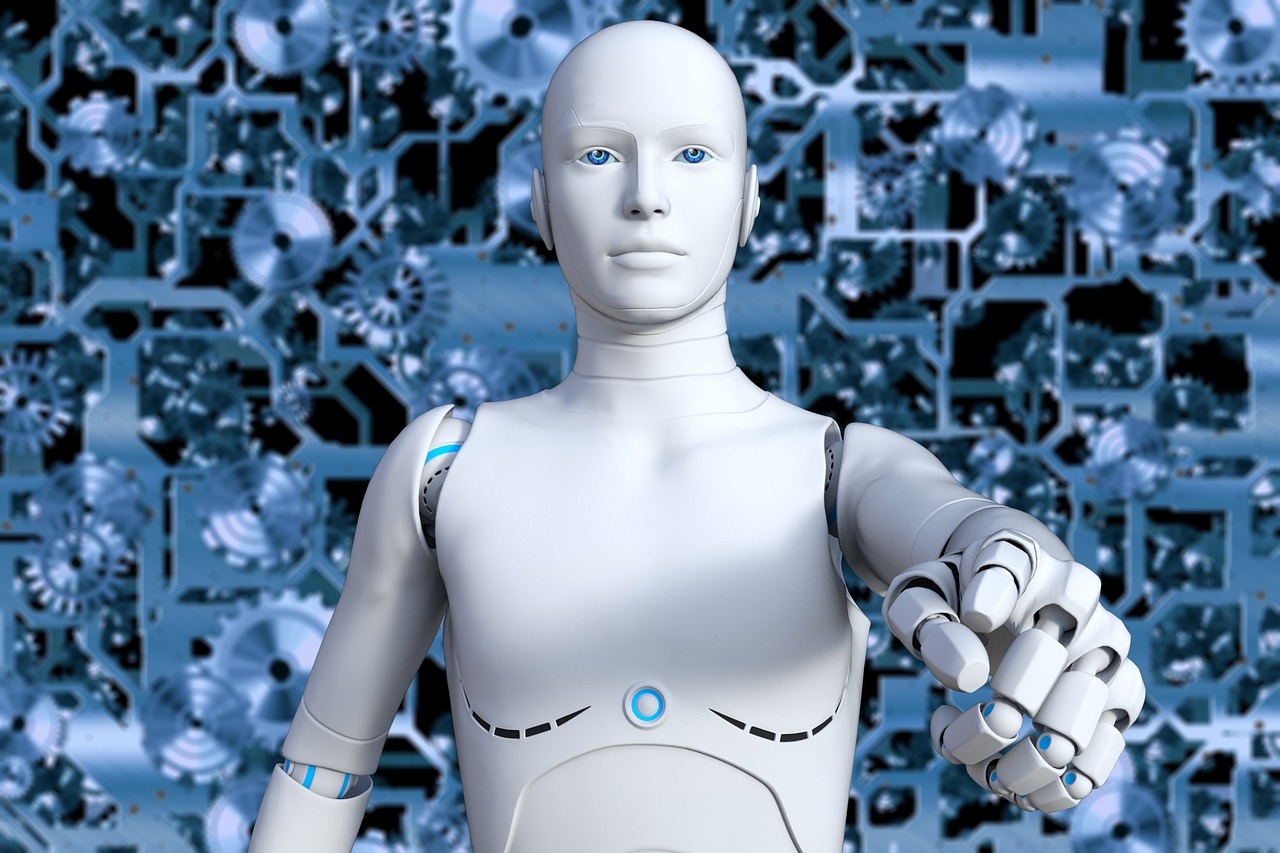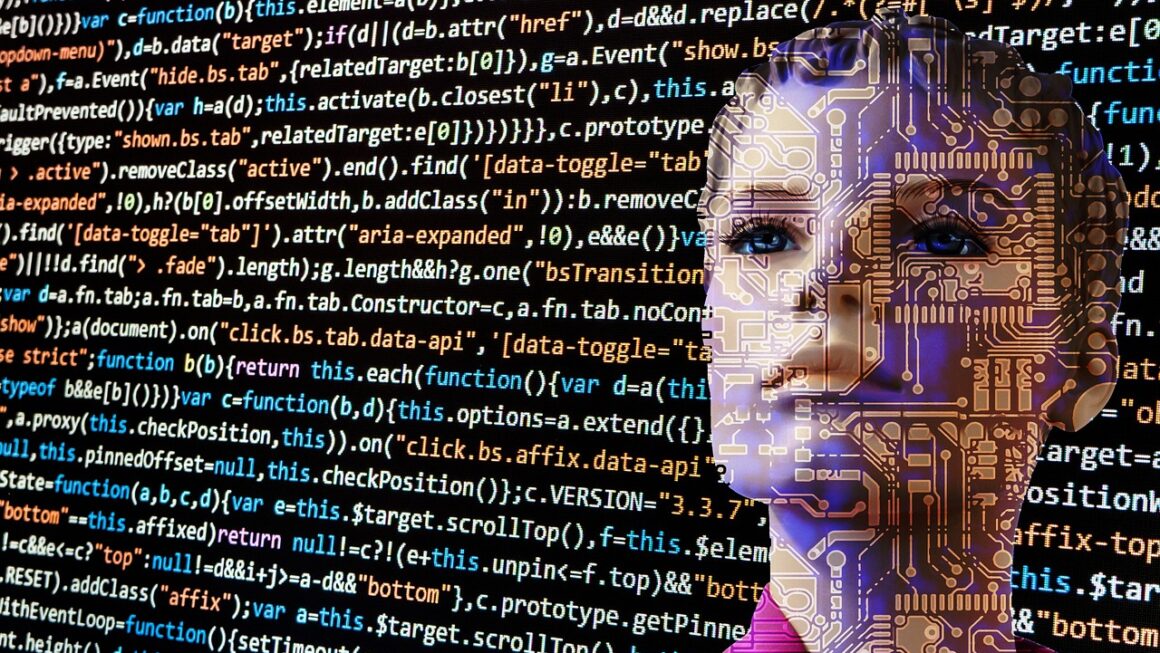Machine learning (ML) models are rapidly transforming industries, enabling businesses to gain valuable insights, automate processes, and make data-driven decisions. From personalized recommendations to fraud detection and predictive maintenance, the applications of ML are vast and continuously expanding. Understanding the fundamentals of ML models is crucial for anyone looking to leverage the power of artificial intelligence in today’s data-rich world. This guide will delve into the core concepts, types, and practical applications of machine learning models, providing a comprehensive overview for both beginners and experienced professionals.
What are Machine Learning Models?
Definition and Core Concepts
At its core, a machine learning model is a computational algorithm that learns patterns and relationships from data. Instead of being explicitly programmed, ML models improve their performance on a specific task as they are exposed to more data. This learning process involves identifying features within the data, optimizing parameters, and ultimately making predictions or decisions without direct human intervention.
- Training Data: The data used to train the model. This is the foundation upon which the model learns.
- Features: The input variables used by the model to make predictions. Feature selection is a critical step in developing effective models.
- Parameters: Values within the model that are adjusted during the training process to improve accuracy.
- Algorithm: The specific mathematical procedure used by the model to learn from data. Examples include linear regression, decision trees, and neural networks.
- Prediction/Inference: The output generated by the model after it has been trained, based on new, unseen data.
The Machine Learning Workflow
The typical machine learning workflow consists of several key stages:
Types of Machine Learning Models
Supervised Learning
Supervised learning involves training a model on labeled data, where the input features and the desired output are known. The goal is for the model to learn a mapping function that can predict the output for new, unseen inputs.
- Regression: Predicting a continuous output variable. Example: Predicting house prices based on size, location, and other features. Algorithms include linear regression, polynomial regression, and support vector regression.
- Classification: Predicting a categorical output variable. Example: Identifying spam emails based on content and sender information. Algorithms include logistic regression, decision trees, and support vector machines.
Unsupervised Learning
Unsupervised learning involves training a model on unlabeled data, where the desired output is not known. The goal is for the model to discover hidden patterns and structures within the data.
- Clustering: Grouping similar data points together based on their features. Example: Segmenting customers based on their purchasing behavior. Algorithms include K-means clustering, hierarchical clustering, and DBSCAN.
- Dimensionality Reduction: Reducing the number of features in the data while preserving its essential information. Example: Reducing the number of pixels in an image while maintaining its key characteristics. Algorithms include Principal Component Analysis (PCA) and t-distributed Stochastic Neighbor Embedding (t-SNE).
- Association Rule Learning: Discovering relationships between different items in a dataset. Example: Identifying products that are frequently purchased together in a grocery store. Algorithms include Apriori and Eclat.
Reinforcement Learning
Reinforcement learning involves training an agent to make decisions in an environment to maximize a reward. The agent learns through trial and error, receiving feedback in the form of rewards or penalties.
- Example: Training a robot to navigate a maze or playing a game like chess.
- Key Concepts: Agent, environment, state, action, reward, policy.
Model Evaluation Metrics
Regression Metrics
Evaluating the performance of regression models requires metrics that measure the difference between the predicted and actual values.
- Mean Absolute Error (MAE): The average absolute difference between the predicted and actual values.
- Mean Squared Error (MSE): The average squared difference between the predicted and actual values.
- Root Mean Squared Error (RMSE): The square root of the MSE, providing a more interpretable error metric.
- R-squared (Coefficient of Determination): Measures the proportion of variance in the dependent variable that can be predicted from the independent variables. A higher R-squared value indicates a better fit.
Classification Metrics
Evaluating the performance of classification models requires metrics that assess the accuracy of the model’s predictions.
- Accuracy: The proportion of correctly classified instances.
- Precision: The proportion of true positives among all instances predicted as positive.
- Recall: The proportion of true positives among all actual positive instances.
- F1-Score: The harmonic mean of precision and recall, providing a balanced measure of the model’s performance.
- Confusion Matrix: A table that summarizes the performance of a classification model, showing the number of true positives, true negatives, false positives, and false negatives.
Choosing the Right Metric
Selecting the appropriate evaluation metric depends on the specific problem and the priorities of the application. For example, in a medical diagnosis scenario, recall might be more important than precision, as it’s crucial to identify all positive cases even if it results in some false positives.
Practical Applications of Machine Learning Models
Healthcare
ML models are revolutionizing healthcare by enabling early disease detection, personalized treatment plans, and improved patient outcomes.
- Diagnosis: Identifying diseases from medical images, such as X-rays and MRIs.
- Drug Discovery: Predicting the efficacy of drug candidates and accelerating the drug development process.
- Personalized Medicine: Tailoring treatment plans to individual patients based on their genetic makeup and medical history.
Finance
The financial industry leverages ML models for fraud detection, risk management, and algorithmic trading.
- Fraud Detection: Identifying fraudulent transactions in real-time.
- Risk Assessment: Evaluating the creditworthiness of loan applicants.
- Algorithmic Trading: Automating trading decisions based on market data and trends.
Retail
Retailers use ML models to personalize customer experiences, optimize inventory management, and improve supply chain efficiency.
- Recommendation Systems: Suggesting products to customers based on their past purchases and browsing history.
- Inventory Optimization: Predicting demand and optimizing inventory levels to minimize costs.
- Supply Chain Management: Improving the efficiency and reliability of the supply chain.
Manufacturing
ML models are used in manufacturing to optimize production processes, predict equipment failures, and improve quality control.
- Predictive Maintenance: Predicting when equipment is likely to fail and scheduling maintenance proactively. For example, General Electric uses ML to predict failures in aircraft engines, reducing downtime and maintenance costs.
- Quality Control: Identifying defects in manufactured products using computer vision.
- Process Optimization: Optimizing production processes to improve efficiency and reduce waste.
Conclusion
Machine learning models are powerful tools that can solve a wide range of problems across various industries. Understanding the different types of models, the machine learning workflow, and the key evaluation metrics is essential for building effective and reliable solutions. As the amount of available data continues to grow, the importance of machine learning will only increase, making it a crucial skill for professionals in many fields. By embracing the potential of machine learning, organizations can gain a competitive advantage and drive innovation.




